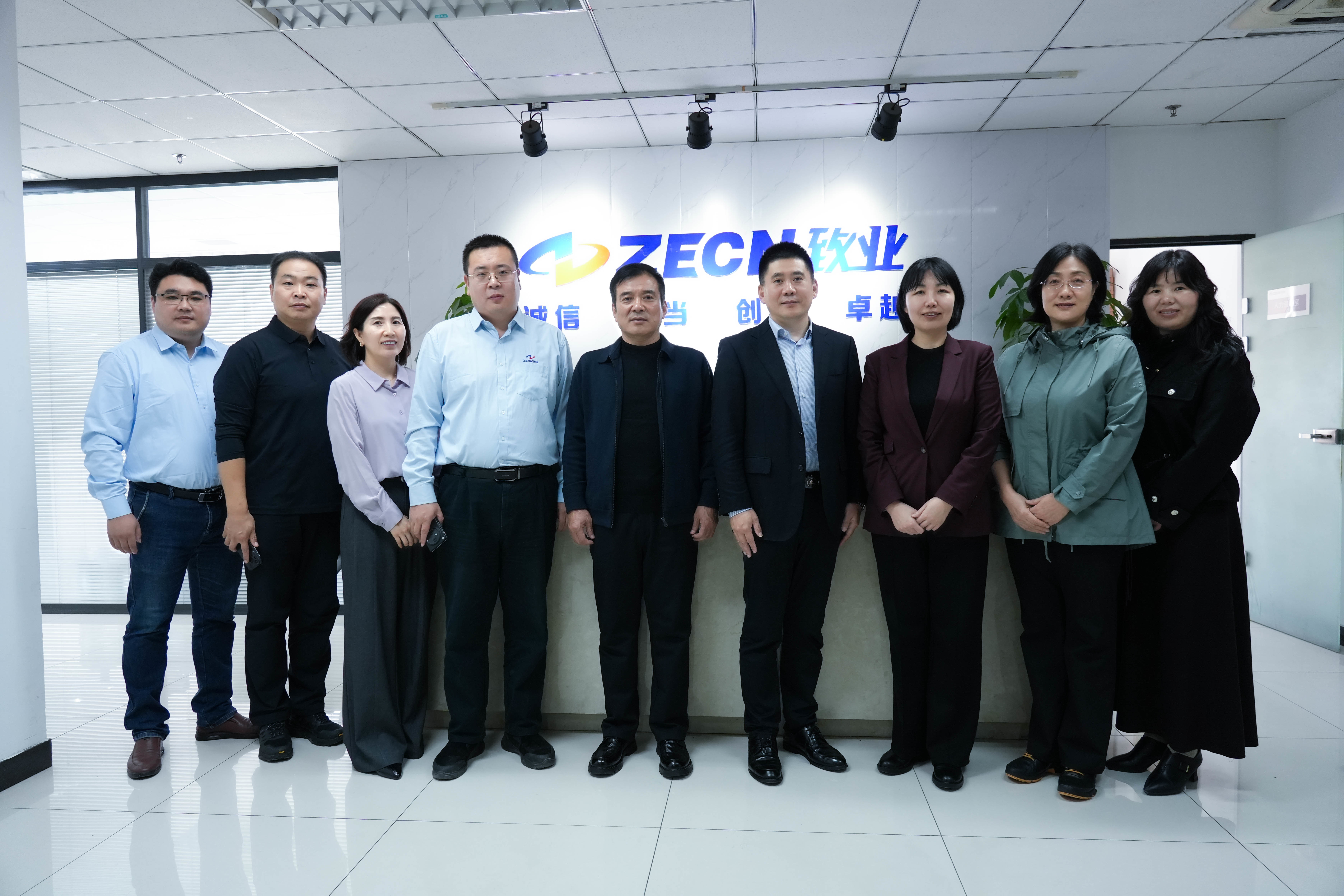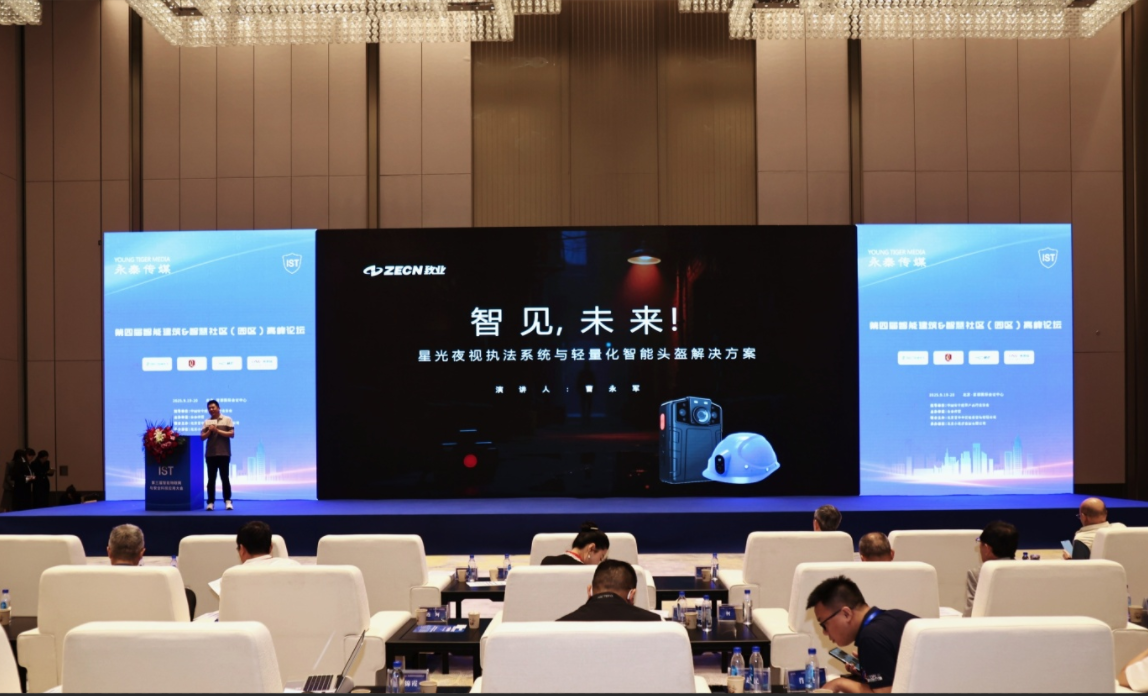Body camera battery issues and solutions
Release Time:
2025-07-10
The battery of a body-worn camera is the core component that ensures the continuous operation of the device, and its performance directly affects the integrity of law enforcement recordings. In actual use, problems such as insufficient battery life, aging, and abnormal charging and discharging often occur, and targeted countermeasures need to be taken.
I. Common Battery Problems
- Performance: After a full charge, the continuous recording time is less than 4 hours (the standard battery life for conventional body cameras is 6-8 hours), especially in low-temperature environments (such as below -10℃) or when infrared night vision or 4K high-definition mode is turned on, the battery life drops sharply.
- Reasons: Natural attenuation of battery capacity (after more than 300 charge-discharge cycles, the capacity may drop to less than 70% of the initial value); abnormal power consumption of the device's background program; battery activity is affected by temperature (at low temperatures, the activity of lithium ions decreases, and discharge efficiency decreases).
- Performance: When charging, the power level remains above 80% for a long time but cannot be fully charged, or the battery casing is bulging or deformed, and even leakage occurs.
- Reasons: Long-term overcharging (failure to disconnect the power after fully charging); using a non-original charger (voltage/current mismatch, leading to overcharging of the battery); storage in a high-temperature environment (such as prolonged exposure to sunlight in a car in summer, decomposition of the electrolyte inside the battery).
- Performance: Sudden shutdown during use, the power level shows "jumping" after restarting (e.g., from 50% directly to 10%); the indicator light flashes during charging but the power level does not increase.
- Reasons: Oxidation or poor contact of battery contacts; failure of the battery protection board (unable to monitor power level or control charging and discharging normally); loose or damaged device charging interface.
- Performance: Insufficient power in spare batteries, mixing batteries of different models, resulting in inability to replace in emergencies; improper storage of spare batteries (such as long-term exposure to humid environments), resulting in rust or short circuits. II. Targeted Countermeasures
(1) Improve battery life and ensure law enforcement duration
- Turn off unnecessary functions: If high-definition image quality is not required during law enforcement, the resolution can be reduced from 4K to 1080P, and idle functions such as auto-focus and Bluetooth can be turned off; turn off infrared night vision mode in non-night environments to reduce power consumption.
- Adjust sleep strategy: Set the device to automatically enter low-power sleep mode after 3 minutes of inactivity (only retaining recording and real-time positioning functions), and press the shortcut key to wake up when recording is needed to avoid standby power consumption.
- Low-temperature environment: Use an insulation sleeve (such as adding a protective case with heating function), or preheat the battery in close-fitting clothing (using body temperature to maintain battery activity); choose a lithium iron phosphate battery with better low-temperature performance (can still maintain more than 70% capacity at -20℃, better than ordinary lithium-ion batteries).
- High-temperature environment: Avoid prolonged exposure of the device to sunlight, use a sunshade, or regularly wipe the device surface with a dry cloth to dissipate heat; keep away from heat sources (such as radiators, car engines) when charging.
(2) Delay battery aging and extend service life
- Avoid overcharging: Use the original charger, and disconnect the power immediately after fully charging (the original charger has overcharge protection, but long-term full-charge storage will accelerate aging).
- Avoid deep discharge: Charge the battery in time when the power is below 20%, do not wait until the power is exhausted and automatically shuts down (deep discharge will damage the internal electrodes of the battery).
- Regularly activate the battery: Spare batteries that have been stored for a long time (such as those not used for more than one month) should be charged to 50% every month before storage (to avoid permanent capacity loss due to long-term battery undercharge).
- Regularly check battery performance: Check the battery health every 6 months through the device management software (some brands support battery capacity calibration function), and when the capacity is below 60% of the initial value, forcibly replace the new battery (original batteries must be purchased through official channels to avoid safety hazards from inferior compatible batteries).
- Handle bulging batteries promptly: If a bulging battery is found, stop using it immediately, dispose of it according to the "hazardous waste" regulations (do not squeeze or throw it into the fire to prevent explosion), and record the reason for replacement (such as whether it was caused by charger failure).
(3) Solve abnormal charging and discharging and ensure stable power supply
- Clean battery contacts: Use a cotton swab dipped in a small amount of alcohol to wipe the battery metal contacts and the device battery compartment interface to remove the oxide layer or dust (oxidation can cause charging interruption or unstable power supply).
- Check charging equipment: Replace the original charging cable and adapter (non-original accessories may have unstable voltage problems), test whether the charging interface is loose (if frequent poor contact, contact the manufacturer to repair the interface).
- Equip with spare batteries and fast charging equipment: Check 2-3 fully charged spare batteries before law enforcement (mark the battery capacity, prioritize using high-capacity batteries), carry a portable fast charging dock (supports charging to 80% within 1 hour) to ensure that you can replace batteries at any time during long-term outdoor law enforcement.
- Turn on the "power failure protection" function: Some new body cameras support "seamless battery life" when replacing batteries (built-in supercapacitor, keeping the device running within 30 seconds of replacing the battery) to avoid interrupting recording when replacing the battery.
III. Long-term maintenance suggestions
- Establish a battery ledger Record the activation time, charge-discharge cycles, and inspection results for each battery. Mandatory disposal after 3 years of use or 300 charge-discharge cycles.
- Regular training on operational procedures Educate law enforcement personnel on battery maintenance (e.g., avoid low-temperature exposure, do not mix chargers), reducing battery wear caused by improper operation.
Download
No attachments available for download at the moment
BLOGS
On the path of ZECN, we're grateful for you.
ZECN is grateful for the presence of each and every “you,” making ordinary days shine through solidarity, burn with dedication, and grow warm through companionship.
Today, as digital transformation and the rule of law increasingly converge, law enforcement is undergoing a paradigm shift—from being "experience-driven" to "data-driven." As a leading enterprise in portable smart visual terminals with 17 years of deep industry expertise, ZECN Zhiye remains at the forefront of innovation. By integrating cutting-edge technologies such as 5G/4G communication, AI-powered intelligence, and Beidou’s precise positioning, ZECN Zhiye has introduced an integrated solution that combines intelligent law enforcement recorders with a converged communications platform for visualized command and dispatch. This innovative approach builds a comprehensive执法 ecosystem—encompassing "intelligent front-end data collection, seamless mid-end transmission, and advanced back-end visualization and scheduling"—empowering government law enforcement, public safety, and industry management across multiple sectors with unparalleled efficiency and effectiveness.
ZECN Zhiye 5G Law Enforcement Recorder: A Smart Enforcement Solution for Multiple Sectors!
Under the overarching trend of standardizing and智能化 (smartifying) law enforcement and management practices, a robust audio-video recorder—capable of real-time connectivity, intelligent evidence collection, and exceptional reliability and durability—is an essential "hardcore tool" for management across various fields. With 17 years of deep industry expertise, ZECN Zhuye has developed the DSJ-ZEC1NA1 5G Law Enforcement Recorder, which leverages cutting-edge 5G communication, AI intelligence, and military-grade quality to empower government law enforcement, judicial and public services, industry management, and corporate office operations. By driving standardization in enforcement processes and enhancing service efficiency, this innovative technology helps overcome critical operational challenges, laying a solid foundation for digital transformation across diverse sectors.
Ji Ze County Party Secretary Jiao Yaji and his delegation visited ZECN Zhiye for an inspection.
On October 14, 2025, Jiao Yaji, Secretary of the County Party Committee of Jize County, Handan City, Hebei Province, led a delegation to visit and provide guidance at ZECN. During the meeting, both sides engaged in an in-depth exchange centered on the application of smart vision technology and collaborative industrial development.

Addressing the industry's pain points, the ZECN Zhiye PSSR-SCA-ZECNC4 Smart Power Supply Service Recorder has been developed to deliver a comprehensively innovative approach that reshapes the on-site service experience. At the standardized integration level, the device seamlessly aligns with both the GB/T 28181 national standard and the State Grid’s Type B interface specifications, enabling frictionless connectivity with the unified video platform of the power grid. This ensures robust data support for service traceability and quality control, effectively breaking down information silos. Additionally, its standalone Beidou positioning feature guarantees precise identification of work locations, providing reliable spatial reference for emergency repair scheduling and dispatch operations.
On September 19, 2025, the highly anticipated 3rd Smart IoT and Security Technology Application Conference of 2025, along with the 7th Annual Summit for Security Engineering Contractors and System Integrators, was grandly held in Beijing. As a landmark annual event in the industry, this conference brought together renowned security companies, technical experts, and industry leaders from across the country, focusing on cutting-edge smart IoT technologies and emerging trends in security applications, while jointly exploring innovative directions for industry growth. Cao Yongjun, General Manager of ZECN, was invited to attend and deliver a keynote speech.










